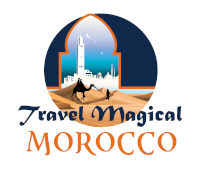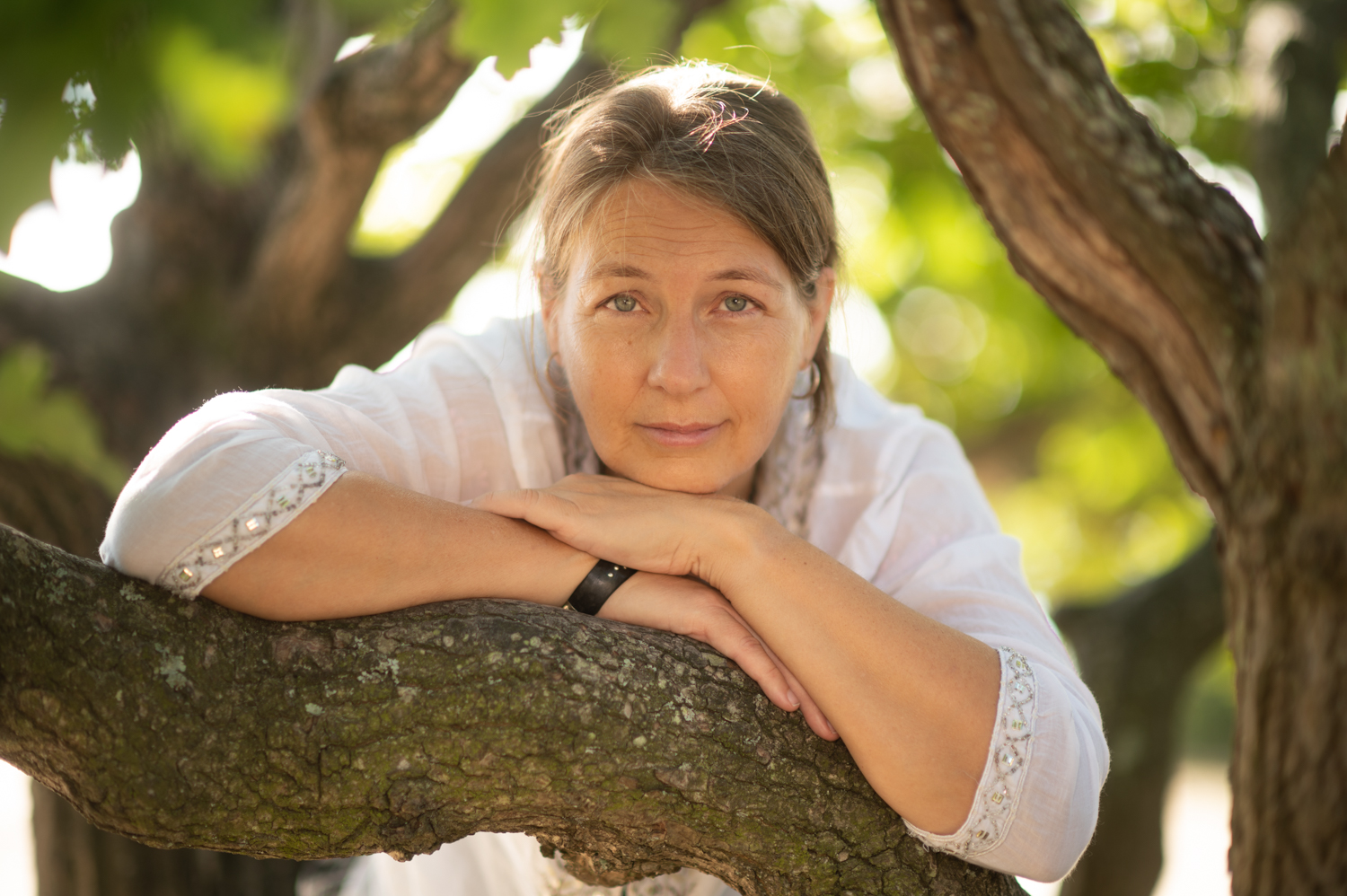From the snakes of the snake charmers in Jemaa el Fnaa square to the camels in the desert: the animals of Morocco and how we interact with them
Can you already picture them when you close your eyes and think of the desert? The stately camels that march through the desert? They are not called the ship of the desert for nothing.
And even though they are not camels in Morocco; but dromedaries; the one with 1 bump. They are no less impressive.
Dromedaries
For example, did you know that dromedaries – if there is water – can drink more than a hundred liters of water in ten minutes?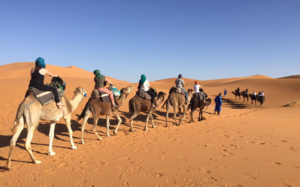
When you talk about Morocco, the camels/dromedaries are probably the first animals that come to mind. But when you visit Morocco there is another animal that immediately catches your eye; the mule.
Mules
In the streets of a city like Marrakesh or Fes, along the roads, or in the mountains. The mule is a common sight. For example, they are often used as pack animals: With the carts behind them, they can easily move cargo through the small alleys of the medina (old town) and they also transport a lot of cargo in the countryside. And they are also handy animals to transport yourself or others.
Mules are a cross between a horse and a donkey. They cannot reproduce but are loved in Morocco because the animals are not 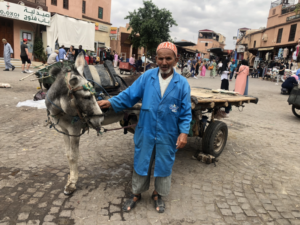 expensive and very strong.
expensive and very strong.
Snakes
In addition to the mules, you also have the snakes on Jemaa and Fnaa square, the monkeys, and the other animals that are shown there.
The snakes of the snake charmers come from the desert and are caught and fed by the snake charmers.
The monkeys in the square are from Morocco; these are the Macau monkeys that live in the wild in the Middle Altlas (around Ifrane).
Goats
Who has ever seen those funny pictures of the goats in the trees? You will also find them in Morocco. The goats love the leaves of 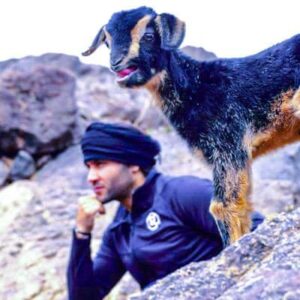 the argan trees and like to climb the tree to eat them.
the argan trees and like to climb the tree to eat them.
Moroccans and animals
Just like different animals, there are also different people and every person deals with animals in their own way. That means that some people are good for animals, and unfortunately, some people care less for animals.
Life in Morocco is hard, harder than western people are used to. And that means that there is often poverty. Moroccans are a proud people and a lot of people will absolutely not flaunt poverty with them. But poverty is there. Suddenly there are no more clothes to be washed because the money for washing powder has run out. Or only bread, olive oil, and tea appear on the table because there is simply no money for anything else.
Most Moroccans take good care of their animals. There is a big difference in Morocco between life in the countryside and life in the city. But in general, learning is closer to nature and people also realize that they also depend on their animals and therefore have to take good care of them.
But that is unfortunately not always possible. Fortunately, there are also initiatives such as Jarjeer; a donkey and mules shelter run by an English couple, who take care of and take care of these beautiful and valuable animals of Morocco.
Travel Magical Morocco and the animals of Morocco
How do we treat animals during our travels? Below we indicate what we do and do not do.
What do we NOT do
Because we are a travel agency that has a Travelife Sustainability Award (and because we love animals ourselves) there are a few things we do and don’t recommend. For example, we do not promote holding and photographing the animals on the Jemaa El Fnaa. This is just not a natural way of interacting with the animals and these animals of Morocco are in captivity. We don’t support that.
We will also not stop by all the ‘goats in the trees. Unfortunately, it happens that these animals are placed in the tree along tourist roads, especially for the photo and the photogenic moment. And they are definitely goats that spontaneously climb into the trees to eat the leaves. But they do that while grazing. If the ground is dry and barren, and there are ‘suddenly’ goats in a tree, then you can be sure that those goats did not come spontaneously. We will therefore not stop for such scenes.
What do we DO?
What we do offer is trips on a mule and -in the desert- trips on a dromedary
This is because we make sure we work with people who treat their animals well and who we know the owners can use the money to take care of their animals.
A mule is also cheap because it can eat many of the trees and shrubs in the area. But not everything! Sometimes you see women in the countryside burning branches and bushes. Strange but true; that is to feed their animals. That shrubs in themselves are too hard and prickly for the mules. But if they are burned, the animals digest them.
But in recent years the dromedary drivers in the south have had a hard time; because there were no tourists and it keeps getting drier, it was really difficult for them to take good care of their dromedaries and to be able to buy the food these animals of Morocco and the desert need.
So…
The animals of Morocco are more than worth seeing. If you come to Morocco with us we will show you the animals and much more. We do this in a way that is pleasant for both the animals and you.
We hope to welcome you soon so that you can admire the animals of magical Morocco for yourself.
